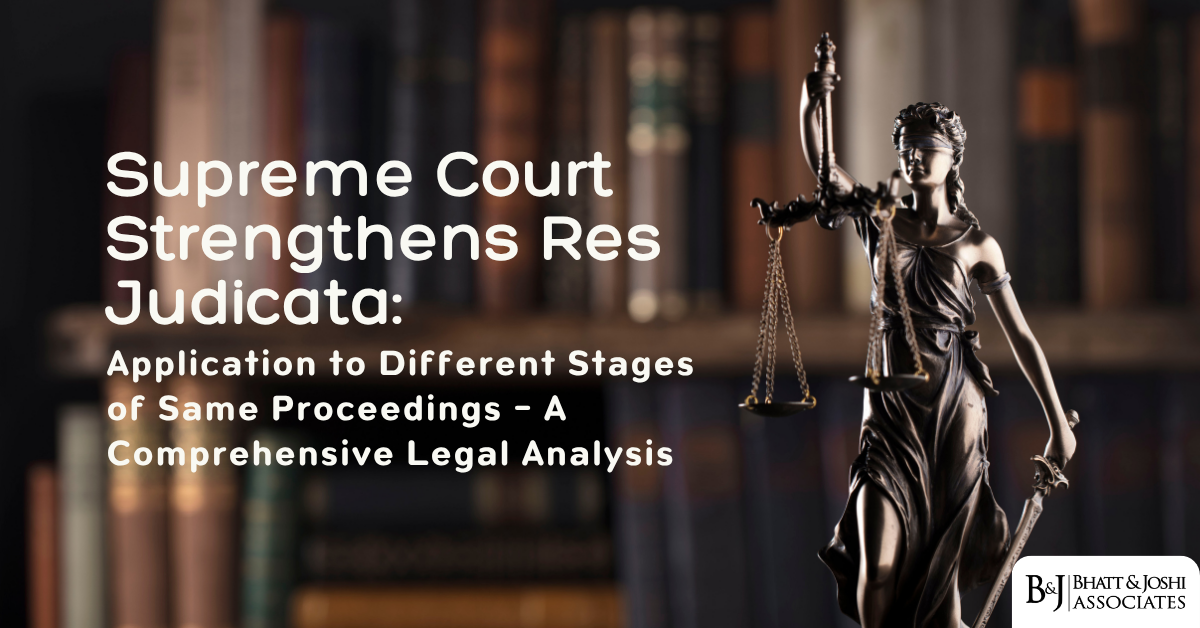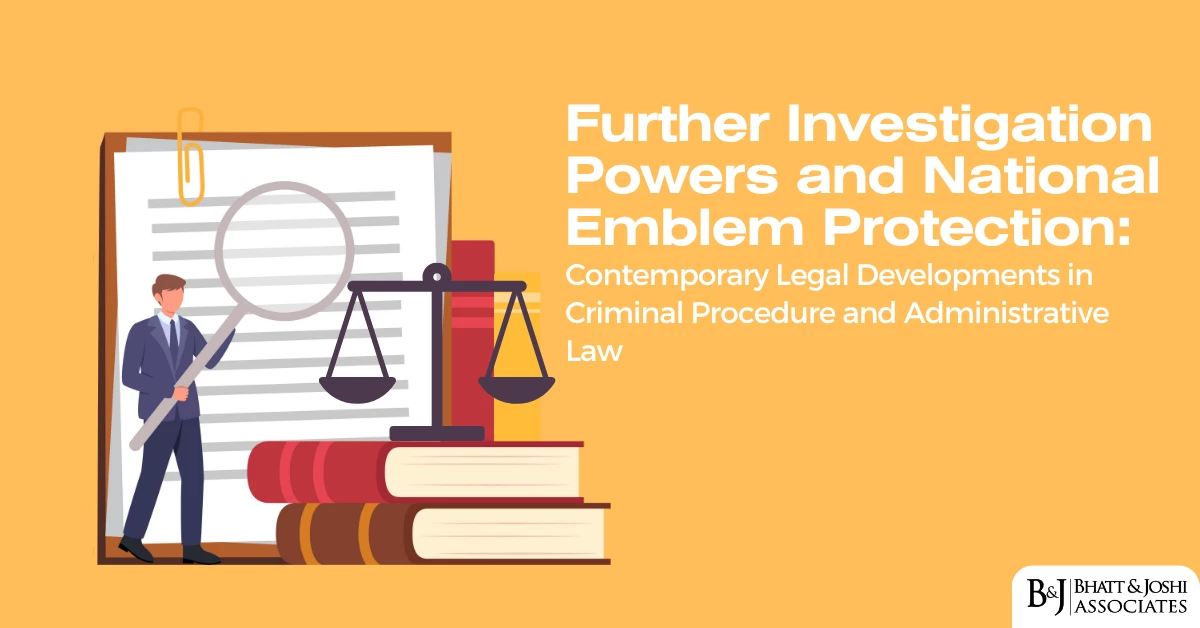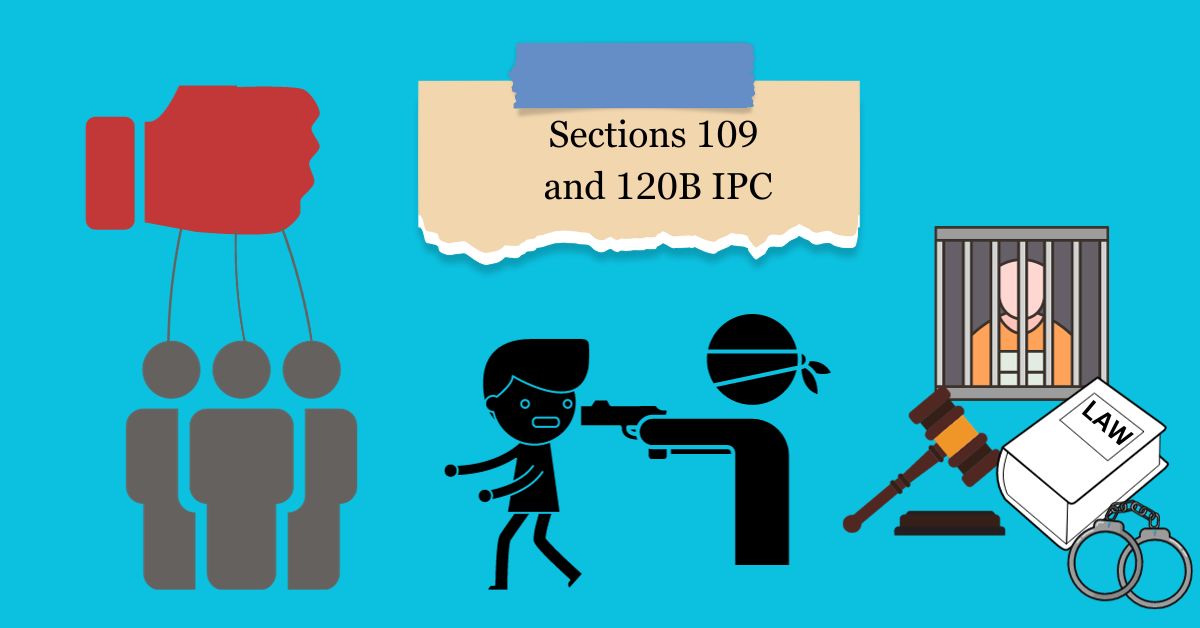CORPORATE INSOLVENCY RESOLUTION PROCESS (CIRP)
Introduction
Under the Insolvency and Bankruptcy Code, 2016, the Corporate Insolvency Resolution Process (CIRP) is a recovery mechanism made available to creditors (IBC). The concerned creditor or the corporate entity (the debtor) itself may commence CIRP if a corporate entity becomes insolvent (unable to repay debt).
Initiation of Insolvency
Chapter 2, section 6 of IBC, 2016 states that, “where any corporate debtor commits a default, a financial creditor, an operational creditor or the corporate debtor itself may initiate corporate insolvency resolution process in respect of such corporate debtor in the manner as provided under the act”.

Steps for CIRP (Process)
- Initiation of Corporate Insolvency Resolution process by Financial Creditor
- Section 5 (7) of IBC, 2016 defines “financial creditor” as any person to whom a financial debt is owed and includes a person to whom such debt has been legally assigned or transferred to.
- Section 7 of IBC, 2016 mentions process for Initiation of Corporate Insolvency Resolution process by Financial Creditor –
Submission of Application
- When a default has occurred, a financial creditor may submit an application with the Adjudicating Authority to begin the corporate insolvency resolution procedure against a corporate debtor, either individually or collectively with other financial creditors.
- Adjudicating Authority for the purposes of this act, means National Company Law Tribunal constituted under section 408 of the Companies Act, 2013.
- The financial creditor shall make an application in such form and manner and accompanied with such fee as may be prescribed.
- The financial creditor shall, along with the application furnish –
- record of the default recorded with the information utility or such other record or evidence of default as may be specified,
- the name of the resolution professional proposed to act as an interim resolution professional,
- any other information as may be specified by the Board.
- The Adjudicating Authority shall, within 14 days of the receipt of the application, ascertain the existence of a default from the records of an information or on the basis of other evidence furnished by the financial creditor.
- The adjudicating authority must be satisfied that the application is proper and complete, that a default has occurred, and that no disciplinary proceeding against the proposed resolution professional is pending. If the adjudicating authority is not satisfied, the application may be rejected. If the application is not complete then, adjudicating authority shall give the applicant the timeline of 7 days to amend the application.
- The corporate insolvency resolution process shall commence from the date of admission of the application.
- The Adjudicating Authority shall communicate the order to the financial creditor and the corporate debtor within 7 days of admission or rejection of such application, as the case may be
Initiation of Corporate Insolvency resolution process by operational creditor
- Section 5 (20) of IBC, 2016 defines “operational creditor” means a person to whom an operational debt is owed and includes any person to whom such debt has been legally assigned or transferred.
- Section 8 of IBC, 2016 mentions Insolvency resolution by operational creditor,
Delivery of Demand Notice
- On the occurrence of a default, an operational creditor may deliver to the corporate debtor a demand notice of unpaid operational debtor copy of an invoice seeking payment of the amount involved in the default in the form and manner authorised.
- It is the responsibility of the Corporate Debtor to respond to the Operational Creditor’s Demand Notice within 10 days of receiving it. To bring to the notice of the operational creditor—
- existence of a dispute, if any,
- the repayment of unpaid operational debt
- A “demand notice” is a notification delivered by an operational creditor to the corporate debtor seeking repayment of the operational debt in respect of which the default has occurred for the purposes of this section.
- Section 9 of IBC, 2016 provides Application for initiation of corporate insolvency resolution process by operational creditor –
Process after expiry of 10 days after delivering notice
- After the expiry of the period of 10 days from the date of delivery of the notice or invoice demanding payment, if the operational creditor does not receive payment from the corporate debtor or notice of the dispute, the operational creditor may file an application before the Adjudicating Authority for initiating a corporate insolvency resolution process.
- The application shall be filed in such form and manner and accompanied with such fee as may be prescribed.
- The operational creditor shall, along with the application furnish—
- a copy of the invoice demanding payment or demand notice delivered by the operational creditor to the corporate debtor;
- an affidavit to the effect that there is no notice given by the corporate debtor relating to a dispute of the unpaid operational debt;
- a copy of the certificate from the financial institutions maintaining accounts of the operational creditor confirming that there is no payment of an unpaid operational debt by the corporate debtor; and
- such other information as may be specified.
- An operational creditor initiating a corporate insolvency resolution process under this section, may propose a resolution professional to act as an interim resolution professional.
- The Adjudicating Authority shall, within 14 days of the receipt of the application, by an order admit the application and communicate such decision to the operational creditor and the corporate debtor if it is satisfied that the application made is complete, there is no repayment of the unpaid operational debt, the invoice or notice for payment to the corporate debtor has been delivered by the operational creditor, no notice of dispute has been received by the operational creditor or there is no record of dispute in the information utility and there is no disciplinary proceeding pending against any resolution professional. If the Adjudicating Authority is not satisfied it can reject the application.
- If the application is not complete then, adjudicating authority shall give the applicant the timeline of 7 days to amend the application.
- The corporate insolvency resolution process shall commence from the date of admission of the application.
- Initiation of corporate insolvency resolution process by corporate applicant.
- As per Section 10, a corporate applicant may file an application before adjudicating Authority for initiating CIRP against corporate debtor. The corporate applicant has been defined by the Code under Section 5 (5) which is reproduced here:
- corporate debtor; or
- a member or partner of the corporate debtor who is authorised to make an application for the corporate insolvency resolution process under the constitutional document of the corporate debtor; or
- an individual who is in charge of managing the operations and resources of the corporate debtor; or
- a person who has the control and supervision over the financial affairs of the corporate debtor;
- Section 10, IBC 2016 provides Initiation of corporate insolvency resolution process by corporate applicant
- When a corporate debtor defaults, a corporate applicant may submit an application with the Adjudicating Authority to initiate the corporate insolvency resolution procedure.
- The application shall be filed in such form, containing such particulars and in such manner and accompanied with such fee as may be prescribed.
- The corporate applicant shall, along with the application furnish the information relating to
- its books of account and such other documents relating to such period as may be specified; and
- the resolution professional proposed to be appointed as an interim resolution professional.
- The application will be accepted or rejected by the Adjudicating Authority. If the application is rejected, the Adjudicating Authority shall allow the applicant a 7-day period from the date of receipt of the rejection notice to rectify or amend the application.
- The corporate insolvency resolution process shall commence from the date of admission of the application.
Fastrack CIRP
Chapter 4 of IBC, 2016 deals with FAST TRACK CORPORATE INSOLVENCY RESOLUTION PROCESS. The major goal of including the idea of fast track CIRP in the insolvency law was to enhance our country’s ease of doing business rating. The goal of fast track CIRP procedures is to reduce the unnecessary delay created by a small-scale company’s insolvency.
- Fast track corporation insolvency resolution process.
As per section 55 of IBC, 2016 defines states that an application for initiation of Corporate Insolvency Process can be made only against these below-mentioned corporate debtors
- a corporate debtor with assets and income below a level as may be notified by the Central Government,
- corporate debtor with such class of creditors or such amount of debt as may be notified by the Central Government,
- such other categories of corporate persons as may be notified by the Central Government.
- Time period for completion of fast-track corporate insolvency resolution process
- The fast-track corporate insolvency resolution process shall be completed within a period of 90 days from the insolvency commencement date.
- The resolution professional shall file an application to the Adjudicating Authority to extend the period of the fast-track corporate insolvency resolution process beyond 90 days if instructed to do so by a resolution passed at a meeting of the committee of creditors and supported by a vote of 75 percent of the voting share.
- On receipt of an application, if the Adjudicating Authority is satisfied that the subject matter of the case is such that fast track corporate insolvency resolution process cannot be completed within a period of 90 days, it may, by order, extend the duration of such process beyond the said period of 90 days by such further period, as it thinks fit, but not exceeding 45 days: Provided that any extension of the fast track corporate insolvency resolution process under this section shall not be granted more than once.
Manner of initiating fast track corporate insolvency resolution process.
- An application for fast-track corporate insolvency resolution process may be filed by a creditor or corporate debtor as the case may be, along with
- the proof of the existence of default as evidenced by records available with an information utility or such other means as may be specified by the Board
- such other information as may be specified by the Board to establish that the corporate debtor is eligible for fast-track corporate insolvency resolution process.













